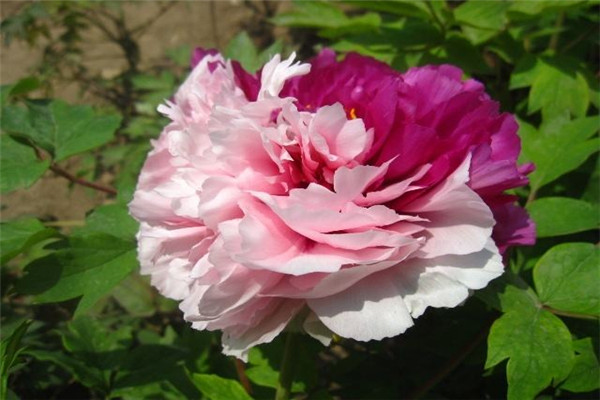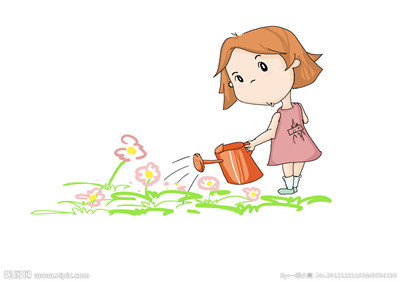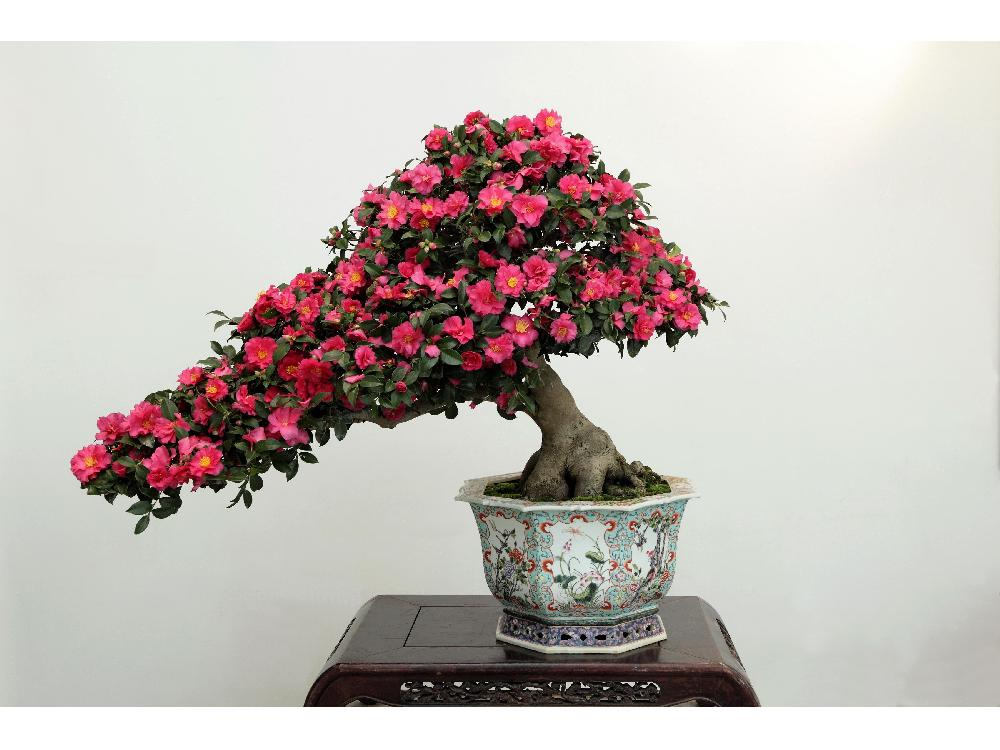Culture methods and matters needing attention of Paeonia suffruticosa
Paeonia suffruticosa is an endemic plant in China. It is a precious flower germplasm resource and its root bark is used for medicine. Paeonia suffruticosa is a cold and dry ecotype with strong stress resistance and is suitable for low temperature and arid climate. Purple spot peony is scattered in Shaanxi, Gansu and western Henan. Because the root bark is used in medicine, it has been overmined for a long time, the resources are constantly destroyed, and the natural reproduction is weak. In order to protect it, more and more people have planted purple peony, and some flower lovers do not hesitate to plant it. Mastering the key points of planting purple spot peony is of great significance to the cultivation of purple spot peony.
(1) growing environment
Purple-spotted peony-like can grow at an altitude of 60 meters (north of Shanhaiguan) to 3000 meters above sea level in the Bailong River basin. The effect of altitude on purple-spotted peony is actually the effect of temperature on the flowering date of peony. The higher the altitude is, the lower the temperature is. The flowering date of peony is also relatively delayed. For example, the flowering time of peony in Beijing and Lanzhou is basically the same, but the latitude of Beijing is higher than that of Lanzhou and the elevation of Lanzhou is higher than that of Beijing. The elevations of Beijing and Shenyang are basically the same, but the latitude of Shenyang is higher than that of Beijing, and the flowering time of Shenyang peony is about 2 days later than that of Beijing.
(2) moisture
Purple spot peony can also resist drought as long as it meets the water requirements when planting and allows it to take root and survive. However, if it is allowed to blossom well, it will need to be watered 2 or 3 times a year.

Culture method of Paeonia suffruticosa
Purple spot peony likes light and belongs to long sunshine plant. But in the hot July and August to do a good job of shading and ventilation, otherwise it is easy to have withered leaves, pay attention to the flowering period of purple spot peony, too strong light will also shorten the flowering period, can be properly shaded.
Moisture content
Drought resistance, generally watered 2-3 times a year. For fear of waterlogging, we must pay attention to timely drainage.
Soil
Paeonia suffruticosa has low requirements for soil, saline-alkali resistance and good adaptability to soil. of course, it grows better in the soil with better fertility, and the flowers are more ornamental.
Reproduction method
It is often propagated by ramet, sowing, grafting, etc.
Matters needing attention in the Culture of Paeonia suffruticosa
Purple-spotted peonies planted in the south of the Yellow River and in low-lying areas need to be drained well, especially in the rainy season to avoid flooding.
The soil in Northeast China is relatively loose, so the infiltration of surface water is relatively fast, so for the newly planted purple spot peony, sufficient water supply must be ensured. Generally, after two years, when the new root of purple spot tree peony is deeply rooted, there is no need for too much watering.
Matters needing attention in the culture of purple spot peony 1. Moisture content
Purple spot peony has strong drought resistance. After the newly planted purple-spotted peony plants meet certain water requirements, they grow to a deeper degree of rooting, and then only need to be watered 2 or 3 times a year, but usually pay attention to drainage, purple-spotted peony is afraid of waterlogging.
two。 Light
Purple spot peony is a sunshine plant, but it is not better and better. In July and August, however, they can not be exposed to the sun, and they need proper shade, otherwise there will be withered leaves. Purple spot peony flowering, too strong light will also shorten the flowering period, should also be appropriate sunshade.
3. Soil
Purple spot peony is resistant to salt and alkali and has good adaptability, but the fertile soil is certainly better, and the flowers will be of great ornamental value.
This is the end of today's introduction, thank you for reading, like to collect and share the four seasons plant network yo!
- Prev

Grasp the best watering time for flowers
The choice of watering time should make the water temperature close to the soil temperature as far as possible. In the same case, the difference between water temperature and soil temperature is less than 5 degrees Celsius, watering flowers is relatively safe, and root damage will not occur. Specific to the daily time of watering flowers, spring, summer, autumn and winter are also different. In spring, autumn and winter
- Next

Fertilization methods of potted camellias
Fertilization of camellias should be carried out selectively according to different growth stages of camellias. Topdressing is needed during the growing period of camellia, and quick-acting liquid fertilizer and chemical fertilizer should be applied. In the stage of branches and leaves, nitrogen fertilizer or nitrogen-based mixed fertilizer should be applied. Phosphate fertilizer or phosphorus-based mixed fertilizer is needed before flower bud differentiation, bud formation, growth and flowering.
Related
- Fuxing push coffee new agricultural production and marketing class: lack of small-scale processing plants
- Jujube rice field leisure farm deep ploughing Yilan for five years to create a space for organic food and play
- Nongyu Farm-A trial of organic papaya for brave women with advanced technology
- Four points for attention in the prevention and control of diseases and insect pests of edible fungi
- How to add nutrient solution to Edible Fungi
- Is there any good way to control edible fungus mites?
- Open Inoculation Technology of Edible Fungi
- Is there any clever way to use fertilizer for edible fungus in winter?
- What agents are used to kill the pathogens of edible fungi in the mushroom shed?
- Rapid drying of Edible Fungi

